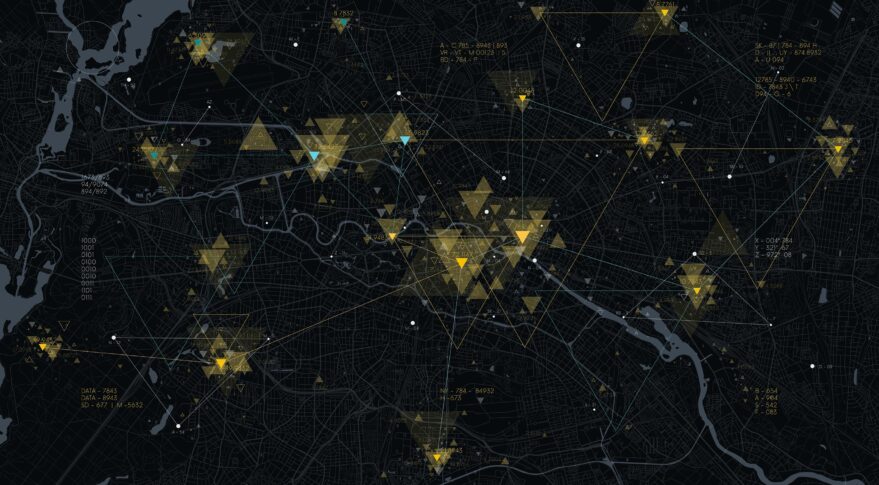
TOULOUSE, France — BAE Systems said Sept. 7 it is developing its first multi-sensor satellite cluster to gather intelligence for military and disaster response needs in 2024.
The British aerospace and defense company partnered with Finnish satellite operator Iceye, which is building a synthetic aperture radar (SAR) satellite for the four-strong constellation known as Azalea.
The other three satellites will have optical cameras and sensors that can track radio frequencies (RF) on Earth.
“We’re also going to have chip-scale atomic clocks on the platforms,” said Doug Liddle, CEO of smallsat maker In-Space Missions which BAE acquired last year.
Liddle said these atomic clocks could use the cluster’s Ka-band inter-satellite links for aperture synthesis to improve its data collection and geolocation capabilities.
These three satellites will weigh about 100 kilograms and are the size of about 10 cubesats, he said, while the fourth satellite modeled on Iceye’s existing SAR constellation will be slightly larger because of its longer antenna.
The optical satellites aim to provide 1-meter resolution images, which would be supported by 5-10-meter resolution cameras for monitoring larger areas.
At about 500 kilometers above the Earth, Azalea would pass over all points on the globe every 4-5 days, Liddle added, and BAE is already planning future clusters to increase revisit rates.
He said the company is closing in on securing a launch contract with SpaceX for deploying the first cluster in 2024.
Elizabeth Seward, BAE’s head of space strategy, said Azalea will leverage BAE’s security and assurance heritage so that “we’ll have a U.K. sovereign cluster that meets the security requirements that we can deliver information and intelligence for defense customers.”
The cluster will also have software-defined radios that can be reprogrammed post-launch to respond to changing mission needs.
“We can do almost anything that you would want to do with a combination of optical imagery, RF sensing and SAR,” Seward added.
The cluster could pick up RF signals at a location previously thought to be vacant, she said, and then use optical and cloud-penetrating SAR sensors to analyze the activity. This data could then be sent back to headquarters or straight to a nearby base.
The ability to group multiple sensors on different satellites that fly as one unit helps future-proof the system, according to Liddle.
“If you put those capabilities in space, it’s going to be very hard to find a way not to use it,” Liddle said, because there are so many things you can do with that to address not only existing requirements but also the requirements you haven’t thought of yet.”
A single payload would be more dependent on one type of customer, he added, where “all it takes is a small change in the market” to become obsolete.
While Azalea has not yet secured a commercial contract, he said the company is receiving interest from a “number of customers” who are interested in accessing the data it plans to provide.